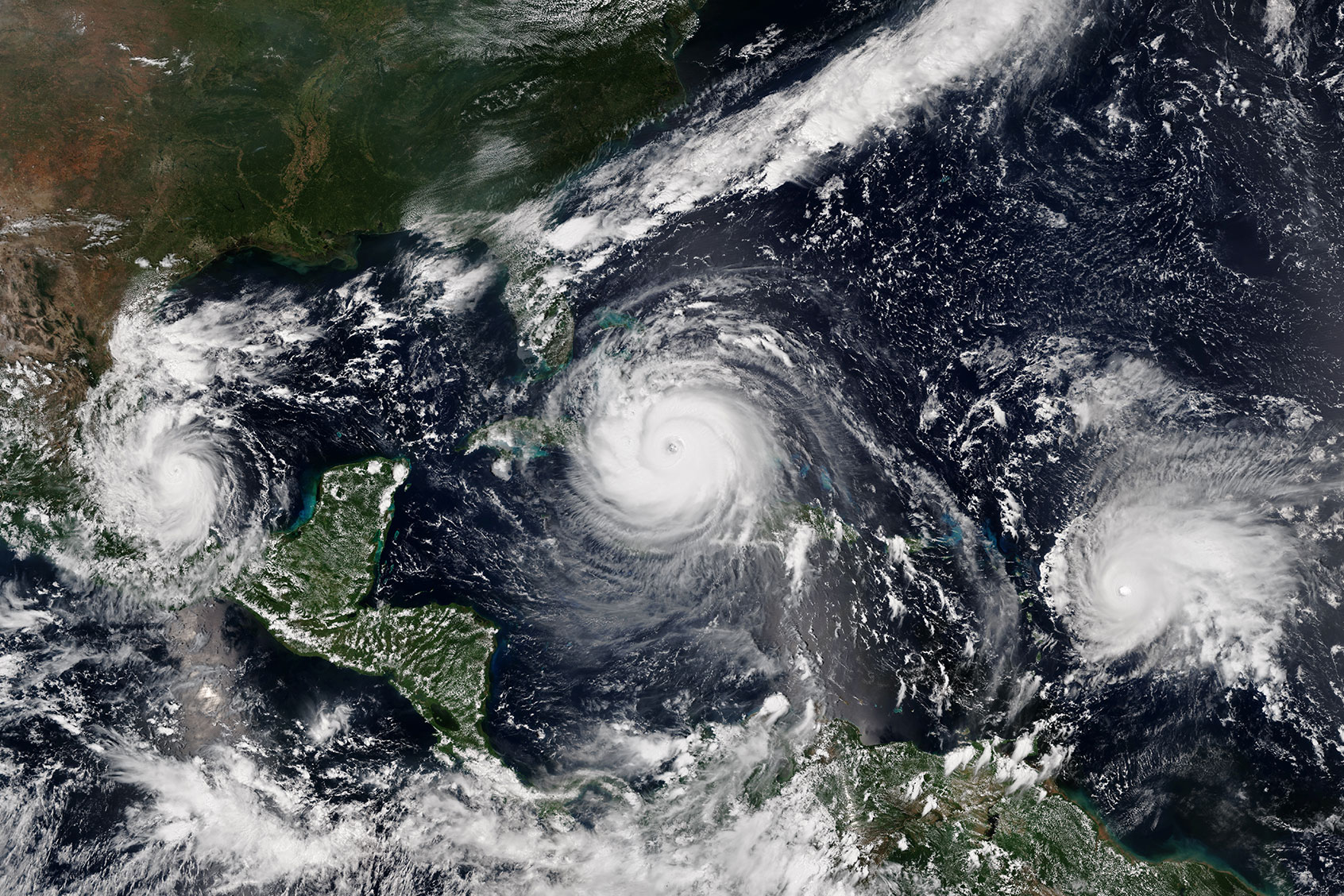Chances of an aggressive Atlantic hurricane landing during the summer and fall season are now about 60%, according to the National Oceanic and Atmospheric Administration’s Aug. 10 forecast — twice as likely as the agency’s May forecast of 30%. NOAA said the increased likelihood of worse-than-average hurricanes is largely due to record hot ocean temperatures and slower than average development of El Niño conditions (which normally help lessen Atlantic hurricane activity). The agency also increased the overall number of Atlantic hurricanes it expects this year.
In a NOAA release last week from its Climate Prediction Center, lead hurricane forecaster Matthew Rosencrans encouraged hurricane-vulnerable communities to heed this advanced warning, saying “the updated outlook calls for more activity, so we urge everyone to prepare now for the continuing season.”
NOAA’s outlook — which covers the six-month hurricane season ending Nov. 30, but doesn’t predict specific landfall areas — is based on the average hurricane season: 14 storms big enough to get named, seven of which usually become hurricanes, with three of those becoming “major hurricanes.” In the latest forecast diagrams from the agency, NOAA predicts anywhere from 14 to 21 named storms compared to its May forecast of 12 to 17 storms. It now expects six to 11 hurricanes to develop from those storms, resulting in two to five major hurricanes.

